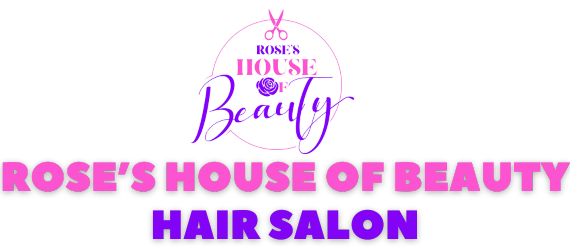Embrace the Art and Beauty of African Hair Braiding.
- Home
- Blog Posts
- Embrace the Art and Beauty of African Hair Braiding.
- September 21, 2024
- By duahcore360
- Blog Posts

African hair braiding is more than just a hairstyle. It’s a vibrant tradition that blends art, culture, and personal expression. This intricate practice has been a cornerstone of African heritage for centuries. It has evolved into a globally admired style. From elaborate patterns to simple yet elegant designs, African hair braiding celebrates creativity and diversity.
Understanding the origins and styles of African hair braiding deepens our appreciation of its beauty. Each African community adds its unique touch to the art form. These styles are more than just aesthetic; they carry cultural and social meanings. They reflect one’s heritage, status, and even spiritual beliefs.
African hair braiding has roots stretching back thousands of years. Ancient African societies used braids to denote tribe, social status, and achievements. Each braid pattern told a story, contributing to a rich cultural tapestry. For instance, the Yoruba people used specific braiding styles to distinguish age groups and social classes. Similarly, the Himba people of Namibia incorporate intricate braids into their traditional attire.
Today, African hair braiding continues to evolve. It blends traditional styles with modern trends. Yet, its cultural significance remains strong. It serves as a powerful means of self-expression.
As renowned hairstylist Kofi Boateng says, “African hair braiding is a celebration of our roots and creativity. Each braid tells a story, and every style is a testament to our rich cultural heritage.” Embrace African hair braiding and discover the timeless elegance it brings to your look.
African hair braiding features a range of styles, each with unique charm and complexity. Box braids are one of the most versatile styles. They are created by sectioning the hair into small squares or “boxes” and braiding each section individually. Box braids can be done with natural hair or extensions. They come in various lengths and thicknesses, offering a low-maintenance, protective style.

Cornrows are another classic style characterized by tight, close-to-the-scalp braids. The hair is braided in rows, often in intricate patterns. This creates a sleek and polished look. Cornrows are ideal for a structured appearance and allow for creative designs. Fulani braids, named after the Fulani people of West Africa, are known for their elegance. This style involves braiding the hair close to the scalp, sometimes adorned with beads or cowrie shells. Fulani braids often feature a central braid along the parting, offering a sophisticated look.
Goddess braids are larger and thicker, providing a dramatic, stylish appearance. Often done with extensions, they offer a fuller look. Goddess braids can be styled in various patterns, including updos or loose styles, making them versatile for different occasions. Twists are a popular alternative to traditional braids. They are created by twisting two sections of hair around each other. This style can be done with natural hair or extensions, providing a relaxed, carefree look. Twists can range from small and intricate to larger and laid-back, depending on personal preference.
African hair braiding offers many benefits. Its low-maintenance nature is a significant advantage. Once braided, hair requires minimal upkeep, making it ideal for busy lifestyles. Braiding also protects natural hair from environmental damage, breakage, and excessive manipulation. It shields the hair from harsh elements and reduces daily styling needs. The wide range of styles and designs allows individuals to express their creativity. Whether you prefer intricate patterns or simple braids, there’s a style for everyone. Embracing African hair braiding connects you with African heritage and celebrates the rich cultural traditions of the art form.

Proper care is essential for enjoying and maintaining your braids. Regularly wash your scalp with a gentle cleanser to prevent buildup and maintain a healthy scalp. Avoid heavy oils or products that cause buildup in the braids. Apply a lightweight moisturizer or leave-in conditioner to keep your hair hydrated and prevent dryness. Focus on the scalp and the length of the braids. Protect your braids at night by using a satin or silk scarf. This reduces friction and prevents frizzing or unraveling. Ensure your braids are not too tight to avoid scalp tension and potential breakage. If you feel discomfort or tightness, consult your stylist for adjustments. Finding a skilled and experienced stylist is crucial for achieving the best results. Look for a stylist specializing in braiding with a strong portfolio of their work. Clearly communicate your preferences and expectations to ensure you get the style you desire.

African hair braiding is a beautiful tradition celebrating artistry, culture, and personal expression. With its rich history and diverse styles, it continues to captivate people worldwide. Whether you’re seeking a low-maintenance hairstyle, protection for your natural hair, or a connection with African heritage, African hair braiding offers something for everyone.
Incorporating African hair braiding into your style is more than just following a trend. It’s about participating in a centuries-old tradition that inspires and empowers. Let your braids reflect your unique style and honor the artistry of this remarkable cultural practice.
Duahcore360
